After GenAI, Business Intelligence has been a key data moment of 2023 and continues to be a game-changer for companies who want to be data-driven. In fact, research by Gartner shows that the BI and analytics software market is expected to reach a staggering value of $13 Billion in 2025. This means that successful companies are harnessing the power of BI tools to gain real-time insights, slice and dice into data and make strategic decisions
Yet, when push comes to shove, businesses face a variety of challenges to make their BI processes effective—including fragmented data sources and poor data quality. To tackle such issues, you need a roadmap that gives you clear directions on what to do next and guides your technical and data management efforts. And that’s where business intelligence (BI) architecture comes into play.
Table of contents:
BI architecture is a framework that clearly articulates how you will select and integrate different technologies and BI tools, apply data management practices, and optimize existing analytical processes. This systematic approach to organizing, storing, and accessing data helps to ensure your data and BI systems provide measurable value for your users and your organization.
A BI architecture involves several components, all of which work to improve the overall process of collecting, analyzing, and visualizing data. Here are four main steps data analysts follow to ensure data contributes meaningful value to business priorities:
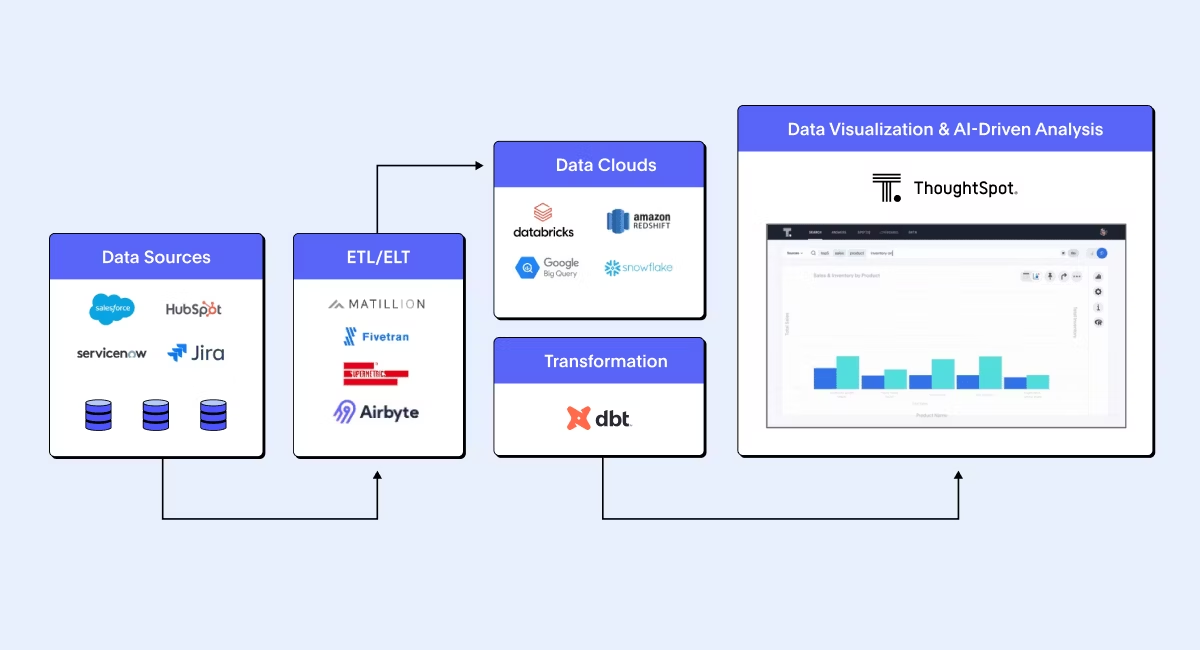
1. Data integration—ETL tools and processes
Your BI architecture should include from which data sources you will gather data for analysis, how you will prepare the data, and what best practices you will follow. Next, you will apply the ETL (Extract, Transform, Load) process.
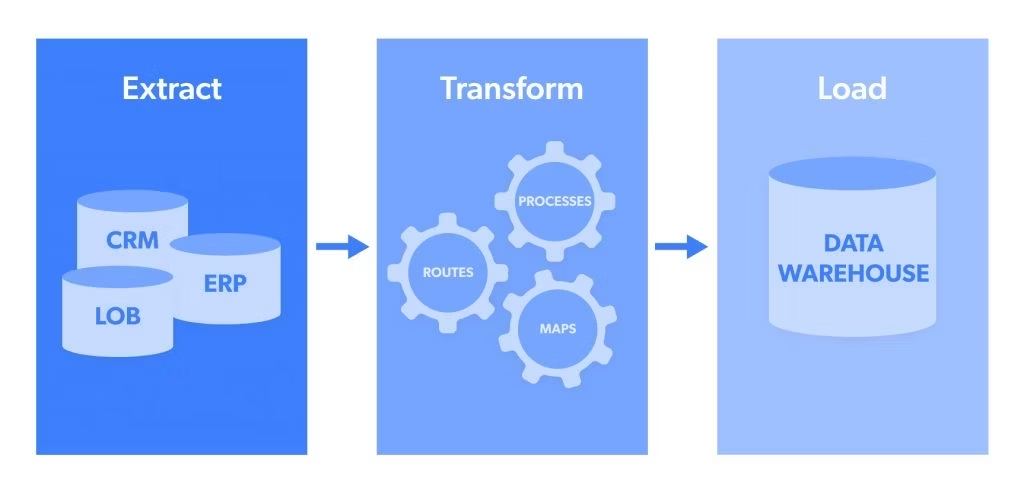
This process involves extracting data from a source, transforming it, and then loading it into a said destination. Your BI architecture should include the precise steps, the tools you will use, and what guidelines you will follow to create an ETL pipeline. For instance, many companies use Python and SQL libraries for data manipulation, data transformation, and database connectivity. Doing so, will allow you to create a single source of truth for faster data analysis and KPI reporting.
2. Data storage
A BI architecture maps out detailed steps on how the data will be stored and managed. This includes specifics on where the data will be stored, how the company will manage large data volumes, and what security measures will be followed. Most organizations use cloud data warehouses like Snowflake, Amazon Redshift, Oracle, and Google BigQuery to store their data. A well-defined BI architecture should also specify which data stores are effective for particular BI use cases.
3. Data analytics and data visualization
After storing your data in a cloud data warehouse, you can use it for various data science and data analytics applications. Your BI architecture should include information about which data science and data analytics tools and techniques you will leverage to analyze data, draw insights, create visualizations, and achieve specific business goals.
For instance, if you want to know how your next sales quarter will look like, you build a predictive model using data science techniques and anticipate trends. And then you can visualize the data to make an informed decision.
4. Data Security and Governance
From authorizing access to data backup and recovery, your business intelligence architecture should address how you will manage top security concerns and which data security and governance practices you will follow to prevent future data breaches.
Let’s take a closer look at how BI architecture is helping data leaders bring data into every corner of the organization:
1. Reducing time-to-insight
In a competitive business landscape, time is money. If your employees don’t have access to real-time insights, it can lead to delays in decision-making, costing you potential revenue. To avoid this, you need intuitive BI tools that empower everyone in your organization to extract insights, identify hidden growth opportunities, and make timely decisions.
With a BI architecture, you gain a complete understanding of your current data operations, identify improvement opportunities, and create strategies to fill gaps. Using this roadmap, data leaders can accelerate the time it takes to implement automated ETL processes and BI tools. Doing so can help your team spend less time gathering data and more time finding insights.
Let’s consider Cox 2M—Josh Horton, Senior Lead, Data Strategy & Analytics at Cox 2M, and his data team were burned out with constant analytics requests and wanted a BI tool to democratize meaningful insights for everyone.
By creating a data transformation framework with an AI-Powered Analytics and BI solution, the company reduced time to insights by 76% and saved $70,000 on cost-to-serve.
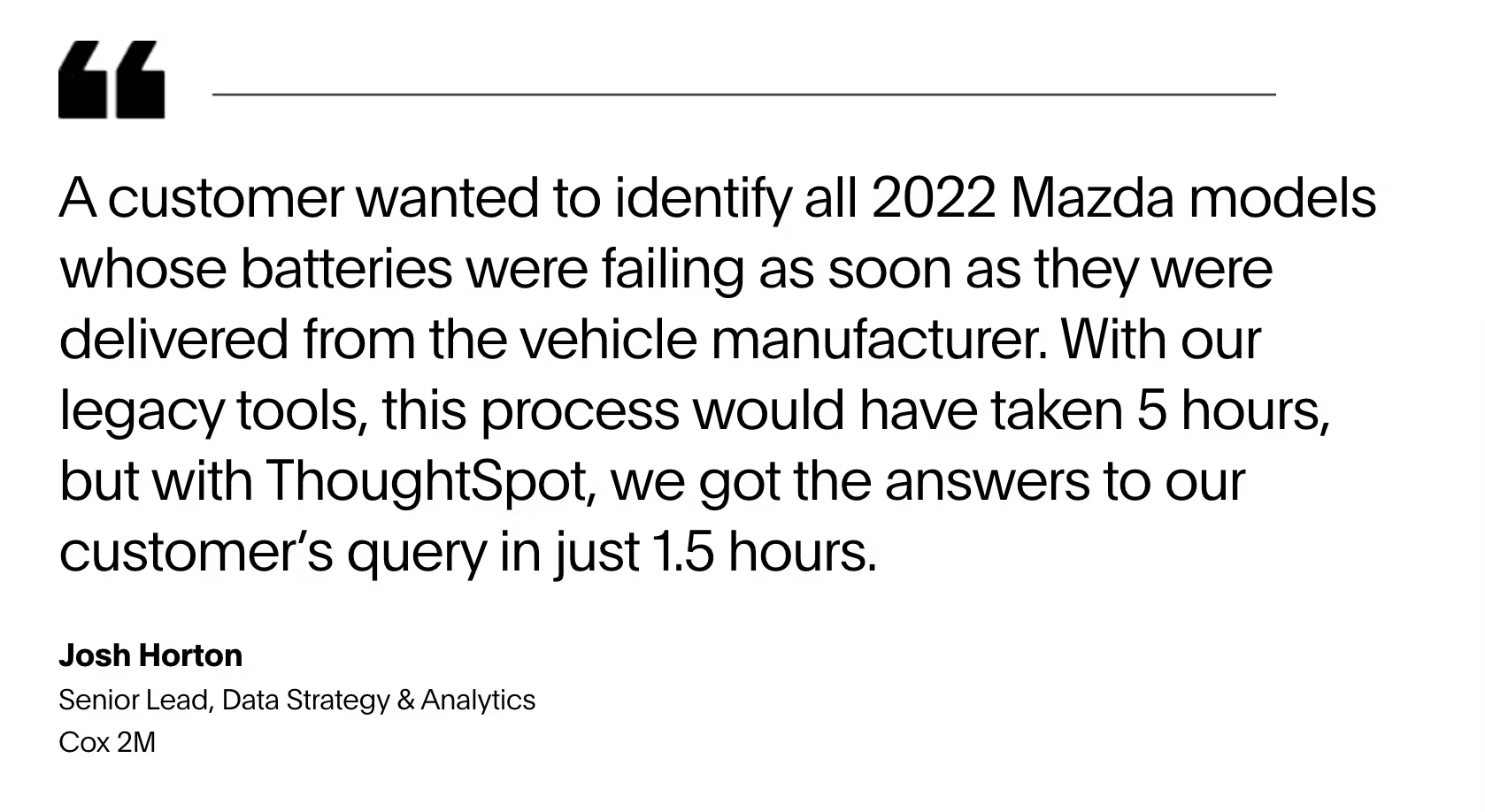
2. Aids in choosing the right technological stack
For data leaders, having the right suite of BI and analytics tools is critical for analyzing billions of rows of data. With a BI architecture, you can access your current data infrastructure and outline the different types of tools you need to process such large data volumes, fostering a culture of scalability and innovation.
Furthermore, a strong BI architecture also lays the foundation for data governance, helping you define the policies and controls for efficient data protection. Need help choosing a BI tool that aligns with your business needs? Read this guide.
3. Optimizing processes and business costs
Research by Gartner shows that one of the biggest priorities of CDOs is to improve the efficiency and quality of business processes through effective platforms and tools. This practice enables consistent and faster execution. A well-defined business intelligence architecture clearly states how an organization will integrate and manage its data. This streamlined approach enables you to create a single source of truth, leading to increased efficiency, reduced costs, and improved profitability.
This was the case for Odido. With Thoughtspot’s AI-Powered Liveboards and a solid business intelligence architecture, the company was able to save €1 million on data costs and find valuable insights in less than 90 minutes. Talking about the impact of ThoughtSpot, here’s what Hermen Geerts, Product Owner at Odido, has to say:
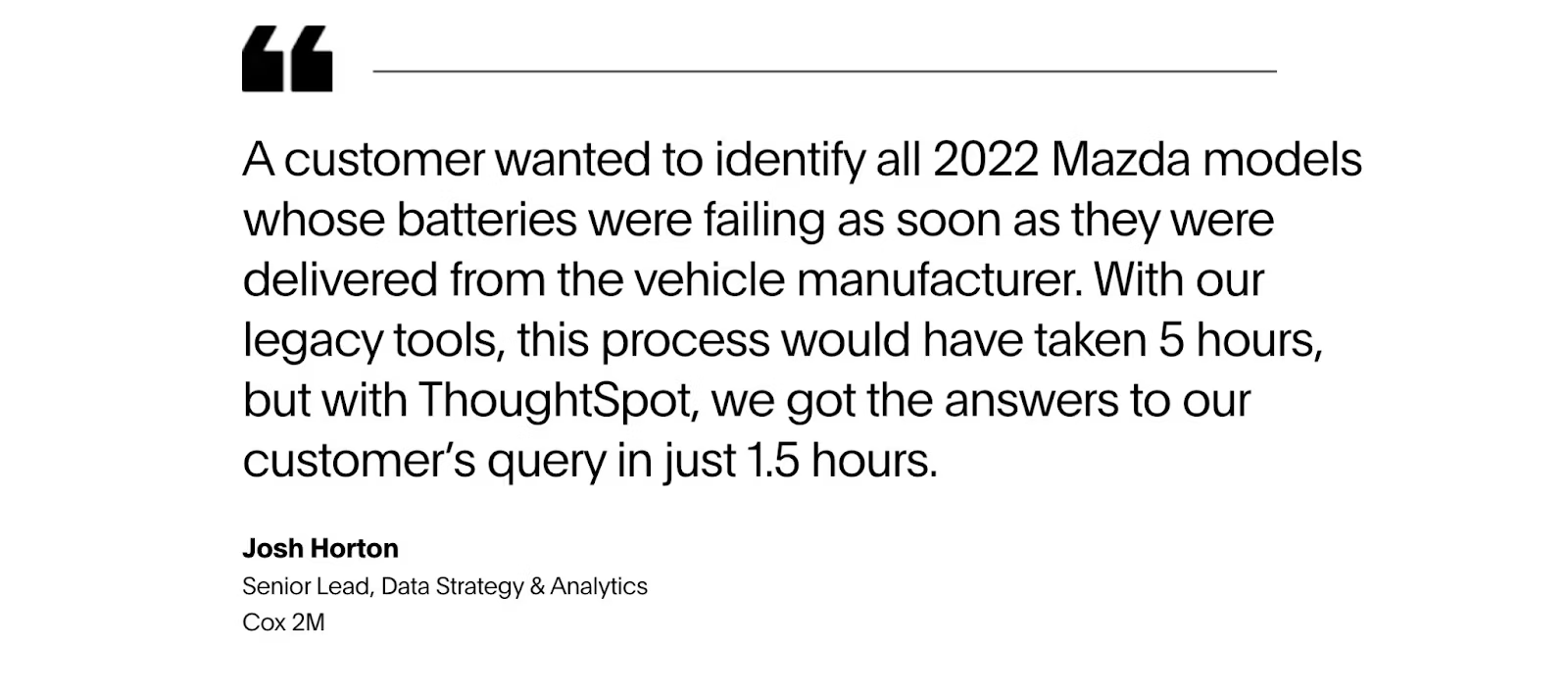
4. Aligning analytics needs with business needs
A BI architecture will inform your team about the different areas of your BI initiative, including development, implementation, and usage. By understanding the technicalities, your data team can work collaboratively and create a self-serve BI strategy that aligns with your business needs.
Again, a streamlined approach allows them to build efficient processes for identifying data that matters, setting automated dashboards and reporting, and facilitating effective communication.
For instance, ThoughtSpot’s monitor function allows you to set automated alerts whenever there are changes in KPIs. This helps you stay on top of your KPIs and proactively take action.
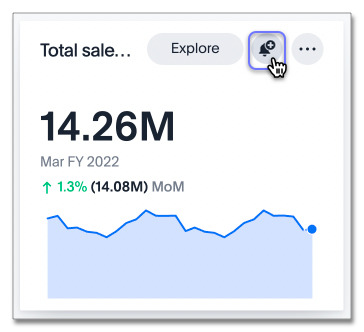
Creating a BI architecture involves accessing your current business needs and designing a blueprint that will support and accelerate your BI initiatives.
This is not an easy feat, as it demands continuous collaboration. However, following these best practices will ensure your BI architecture is clear and informative, allowing you to lead data initiatives effectively.
Focus on scalability: As customer demand increases, you need a BI strategy that can handle increased data volumes and support advanced analytical functionalities without compromising performance or security.
Consider tools that offer real-time insights: Businesses stuck analyzing data on static dashboards only have a surface-level view of KPIs. To make in-the-moment decisions, you need a real-time, accessible, and reliable business intelligence solution that helps you explore your data, run ad-hoc queries, and generate AI-enabled insights at every turn.
Engage stakeholders: BI architecture often spans across business departments and functions. Engaging stakeholders from different areas fosters collaboration and ensures that the BI system supports cross-functional data needs. This collaborative approach breakdown silos and ensure your BI strategy is well-aligned with your business needs.
Prioritize data quality: If your data is off, even by a few key data points, this can lead to poor decisions and biases. To drive the success of any of your data initiatives, you need to focus on improving data quality by developing a detailed framework and measuring outcomes.
Seek feedback: Regular feedback sessions offer an opportunity to identify current issues in your data analytics process. You can then address these issues by outlining specific processes and technologies.
BI architecture provides a unified and collaborative approach to breaking down data silos, improving communication, and empowering teams to work together toward driving business value. However, without the right BI solution, your team will never get to experience the value of this work.
If you are looking for a BI tool that seamlessly integrates into your modern data stack and drives real-time insights, ThoughtSpot is your best bet. Our AI-Powered Analytics solution provides a search-based experience that allows users to ask questions in natural language and get up-to-date insights within minutes.
Ready to start seeing value in your data? Schedule a one-on-one demo today.








